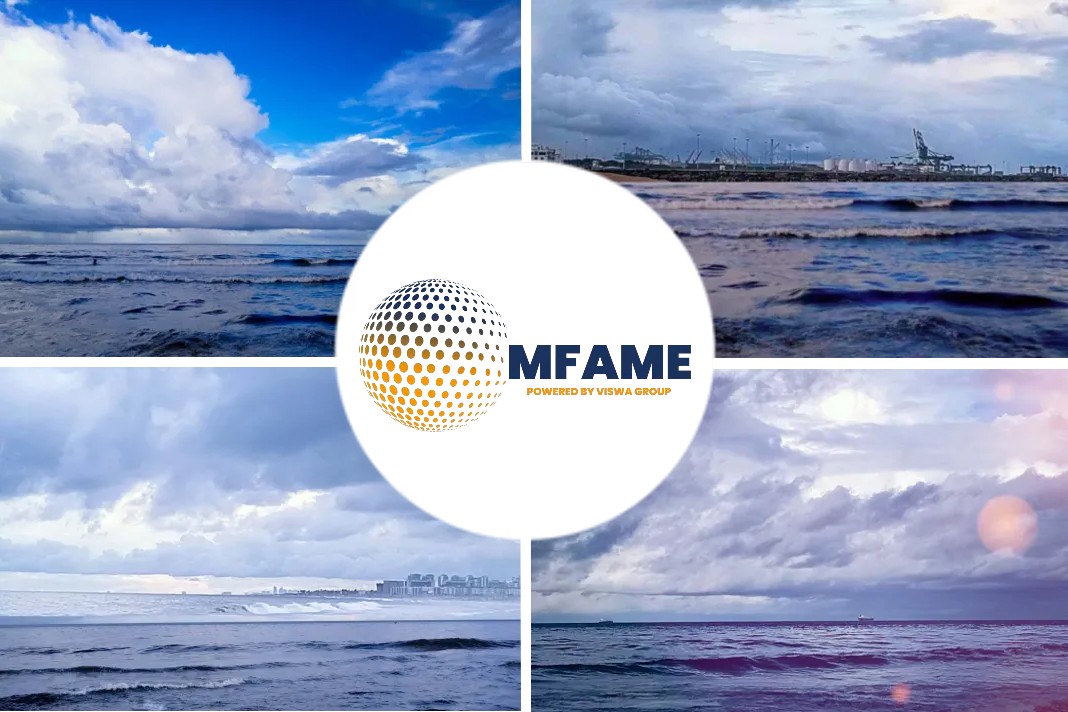Teekay is to employ batteries and volatile organic compounds (VOC) as fuel for a series of up to four shuttle tankers after receiving a NOK132.9 million (€14.0 million) grant from Norway’s state-owned innovation platform Enova.
VOC fuel reduces waste:
New technology developed by Teekay and Wärtsilä mixes VOCs – waste gasses emitted from crude oil during loading, unloading and storage – with LNG to be used by the ship’s engines. The use of VOCs, combined with the first ever battery installations on a shuttle tanker, is expected to cut LNG use by 34%.
Good for climate and operating cost:
Ingvild Sæther, president and CEO, Teekay Offshore, said: “We see this as a unique opportunity to introduce a shuttle tanker that reduces emissions and fuel consumption, thus reducing both climate impact and operating costs.”
Teekay has been exploring the use of VOCs in a subproject of the Green Coastal Shipping programme coordinated by class society DNV GL. Wärtsilä has also been developing VOC technology: In 2016 the company used a 1MW gas reformer to convert the liquefied VOCs from a shuttle tanker into natural gas, which was used to power a Wärtsilä 6L20DF engine at test facilities in Bermeo, Spain.
Converting waste to resource:
Nils Kristian Nakstad, managing director, Enova, said: “This is a very good climate project where Teekay is seizing a waste problem and making it into a resource. It is also an important step forward for the battery revolution at sea. The fact that batteries are now being used on such large and energy-intensive ships paves the way for using batteries on even more ship types.”
Enova and Teekay estimate that half of all offshore oil production in Norway and the UK is transported to land using shuttle tankers, with about 40% of the fleet ready for replacement.
Did you subscribe for our daily newsletter?
It’s Free! Click here to Subscribe!
Source: The Motorship

















